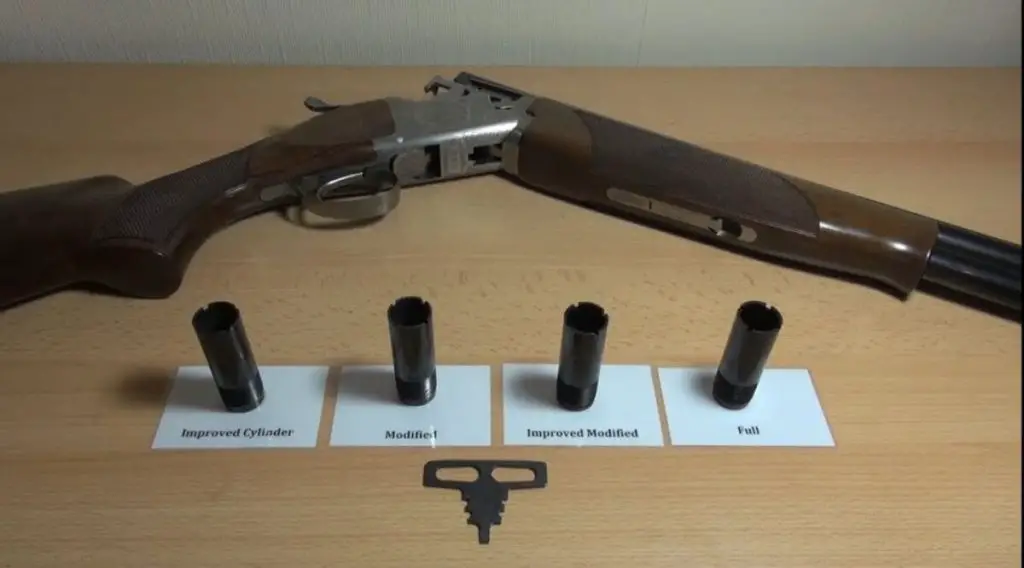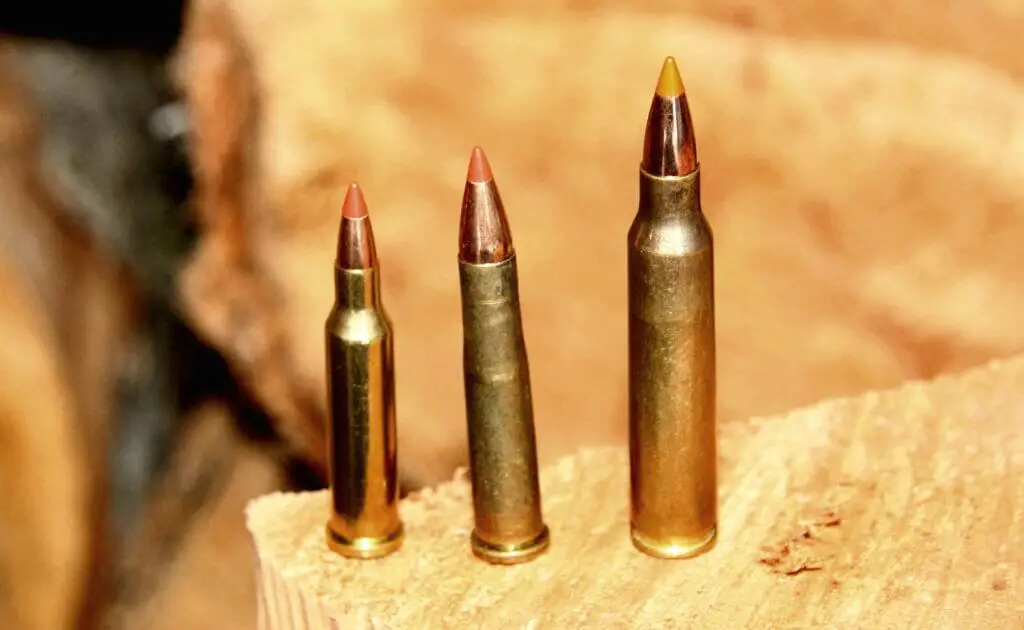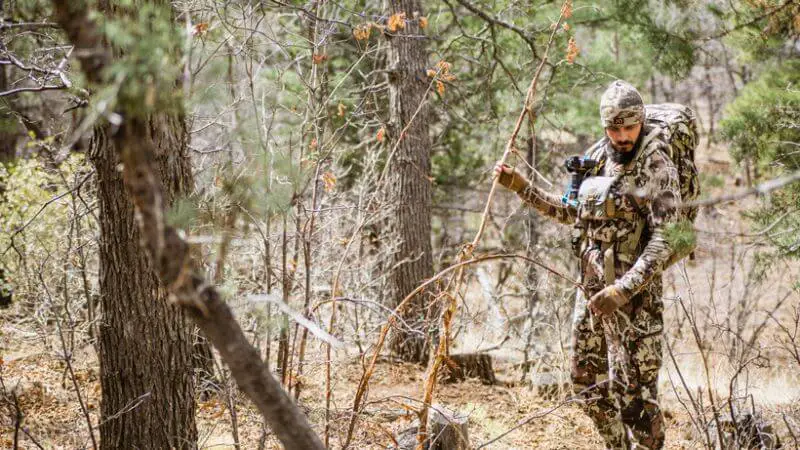When it comes to selecting the perfect pair of binoculars, two brands often stand out: Nikon and Vortex. As a nature enthusiast and avid bird watcher, I’ve had the pleasure of experiencing both, and each has carved its niche with unique strengths and subtle nuances. Whether you’re an outdoor adventurer, a wildlife observer, or simply someone looking to enjoy distant vistas with crystal clarity, understanding the differences between Nikon and Vortex binoculars can significantly influence your choice.
Before delving deep into my personal experiences and insights on these binoculars, I’ve compiled a comprehensive comparison table to give you an initial overview of some of the top models from each brand.
—
| Feature | Nikon Monarch 7 | Vortex Viper HD |
|———————-|————————–|————————-|
| **Magnification** | 8×42 or 10×42 | 8×42 or 10×42 |
| **Field of View** | 420 ft at 1000 yds (8×42) | 409 ft at 1000 yds (8×42)|
| **Weight** | 22.9 oz | 24.2 oz |
| **Lens Coating** | Fully Multicoated | XR plus Fully Multicoated|
| **Eye Relief** | 17.1 mm (8×42) | 20 mm (8×42) |
| **Waterproof/Fogproof** | Yes | Yes |
| **Price Range** | Medium to High | Medium to High |
—
Optical Performance
Nikon Monarch 7: Precision Crafted Clarity
When I first held the Nikon Monarch 7 in my hands, I was immediately struck by its ergonomic design and the promise of crisp image quality. One of its main attractions is the Extra-low Dispersion (ED) glass used in the lenses. This feature ensures bright, sharp images with excellent color fidelity, a critical factor when distinguishing the subtle hues of wildlife plumage or the intricate shades of a landscape.
The field of view in the Monarch 7 is particularly impressive, offering a wider perspective than many of its competitors. I noticed that this made tracking moving subjects much easier, especially during bird watching sessions. However, the challenge with the Monarch 7 was adjusting the focus. The focus wheel, although smooth, required a bit of getting used to for precise adjustments.
Pros:
– Wide field of view enhances tracking.
– ED glass ensures image clarity and color accuracy.
– Durable and ergonomic design.
Cons:
– Focus wheel may require fine-tuning skills.
Vortex Viper HD: A Durable Companion for the Wild
The Vortex Viper HD, on the other hand, is a powerhouse in a compact body. During a trek in rugged terrain and unpredictable weather, its sturdy build and reliability were evident. The Viper HD boasts HD lens elements that deliver stunning image resolution and edge-to-edge clarity, rivaling even more expensive models.
One feature that stood out during my experience was the Viper HD’s impressive eye relief, which is particularly beneficial for those who wear glasses. The clarity and brightness remained consistent even in low-light conditions, thanks to the exceptional anti-reflective coatings on all air-to-glass surfaces.
The challenge with Vortex Viper HD was its slightly heavier weight, which was noticeable during extended use. However, the robustness and quality of build often reap more rewards than this minor inconvenience.
Pros:
– HD lens elements provide superb clarity.
– Excellent performance in low-light conditions.
– Extended eye relief suitable for eyeglass wearers.
Cons:
– Slightly heavier than similar competitors.
Build Quality and Durability
Nikon Monarch 7: Designed for Longevity
The sheer durability of Nikon Monarch 7 cannot be overstated. Its rubber-armored coating not only provides a secure grip but also protects the device against knocks and bumps that are often inevitable in the field. Furthermore, the binoculars are nitrogen-filled and O-ring sealed, making them both waterproof and fog-proof, a critical aspect for anyone adventuring in humid or wet environments.
However, I did find that the twist-up eyecups, though comfortable, occasionally needed readjustment during extended viewing sessions. Despite this minor hiccup, the overall construction ensures that the Monarch 7 can withstand rigorous outdoor use.
Vortex Viper HD: Rugged and Reliable
Vortex’s Viper HD impresses with its robust construction, designed to endure the harshest conditions. Much like the Monarch 7, it is argon-purged and O-ring sealed, enhancing its moisture resistance capabilities. The addition of Vortex’s ArmorTek coating protects the lenses from scratches, oil, and dirt, making maintenance a breeze.
In my experience, the Viper’s construction often reassured me of its reliability, even when the going got tough. Whether it was unexpected rainfall or rough handling during a climb, the Viper HD stood resilient. The only drawback I found was that due to its solid construction, the binoculars are marginally heavier, which might affect portability for some users.
Target Audience and Usage Scenarios
Nikon Monarch 7: Ideal for Nature Enthusiasts
The Monarch 7 is a gem for those who prioritize wide views and vibrant color fidelity. its lightweight nature is beneficial for hikers and bird watchers. I’ve noticed that it’s particularly effective for scenarios involving fast-moving subjects due to its broad field of view.
Vortex Viper HD: Built for the Adventurer
Meanwhile, Vortex Viper HD stands as the ideal companion for the adventurous soul. Its robust build, coupled with superior low-light performance, makes it a favorite among hunters and outdoor explorers. Even for casual observers, the HD optics ensure a viewing experience that’s second to none.
Conclusion
The choice between Nikon and Vortex truly depends on individual needs and preferences. Both brands excel in delivering high-quality optics but cater to slightly different audiences. Whether you’re drawn to the innovative features of the Monarch 7 or the rugged reliability of the Viper HD, rest assured that both will offer exceptional performance in the great outdoors. What matters most is recognizing the features that align with your pursuits, ensuring that your binoculars enhance every moment of discovery.
Frequently Asked Questions
1. Are Nikon or Vortex binoculars better for bird watching?
Both Nikon and Vortex are well-known brands for producing high-quality binoculars suitable for bird watching. The choice between the two ultimately comes down to individual preferences and budget. Nikon binoculars are known for their sharp image quality and durability, while Vortex binoculars are praised for their extensive warranty and customer service. It is recommended to try out both brands in person and see which one feels more comfortable and provides better clarity for bird watching.
2. Do Nikons make good binoculars?
Yes, Nikon is a reputable brand known for producing high-quality binoculars. They offer a wide range of models suitable for various activities such as bird watching, hunting, and stargazing. Nikon binoculars are known for their sharp optics, rugged construction, and user-friendly designs. Many users have praised Nikon binoculars for their durability and excellent performance in various lighting conditions.
3. Are all Nikon binoculars made in China?
Not all Nikon binoculars are made in China. While Nikon does have manufacturing facilities in China, they also produce binoculars in other countries such as Japan, Thailand, and the Philippines. The country of origin for Nikon binoculars can usually be found on the product packaging or in the product description. It is important to note that the country of manufacture does not necessarily affect the quality of the binoculars, as Nikon maintains strict quality control standards regardless of where the product is made.
4. How much better is a Vortex Viper than a Diamondback?
The Vortex Viper is considered a higher-end model compared to the Diamondback. The Viper series typically offers better optics, construction quality, and features such as improved lens coatings and higher magnification options. Vortex Viper binoculars are also known for their rugged durability and clearer image quality in various lighting conditions. However, the Diamondback series is still a solid choice for those looking for a more budget-friendly option without sacrificing too much in terms of performance.
- How to Put a Scope on a Mosin Infantry in Tarkov: A Quick Guide - November 7, 2024
- How to Edit a Scope Box in Revit: A Step-by-Step Guide - November 6, 2024
- How to Put a Scope on Mosin Tarkov: Expert Tips for Gamers - November 6, 2024


